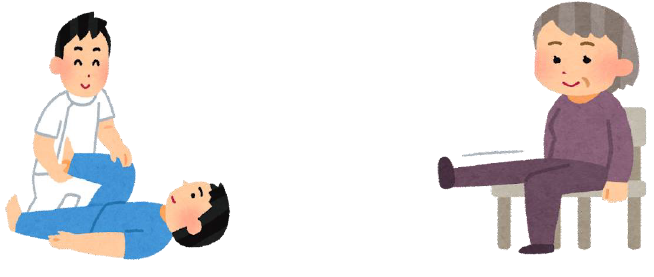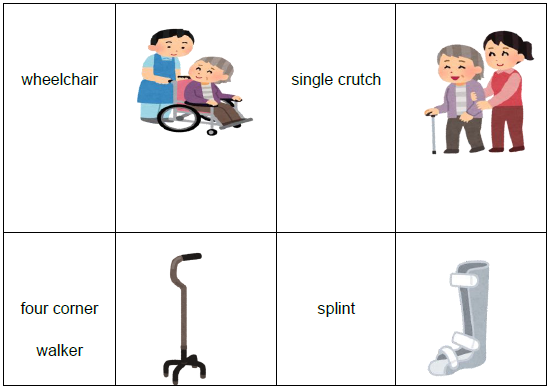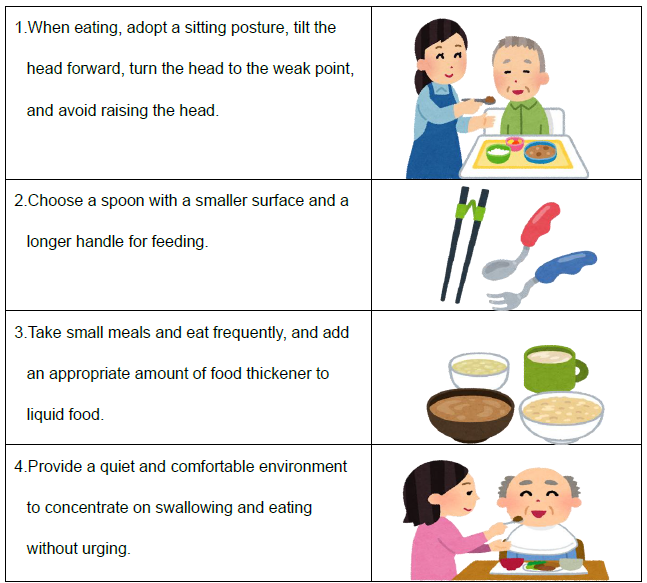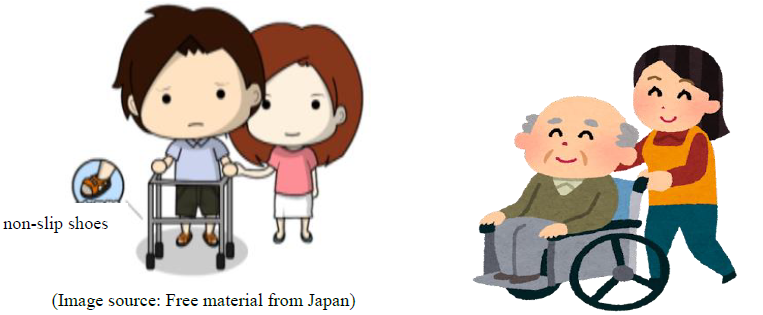【Learning points】
- Common complications of stroke include: physical activity dysfunction, swallowing disorder, and dangerous falls. If the patient has limb dysfunction, it can be improved and alleviated through rehabilitation treatment.
- Wear appropriate clothes, pants and shoes, keep the environment clear of obstacles, have adequate lighting, add anti-slip measures, and use appropriate aids to prevent falls.
- After stroke patients stabilize, they should actively receive physical and functional training during the golden period of rehabilitation, so that patients can achieve good quality of life and health after returning home.
I.Common complications of cerebral infarction:
- Physical activity dysfunction.
- Dysphagia.
- Dangerous falls.
II. Daily care
- Physical activity dysfunction
- Prevention and rehabilitation of joint muscle contracture:
contracture: such as joint movement, the affected side performs up and down flexion and extension, adduction and abduction.
- Proper use of assistive devices for rehabilitation measures such as:

- Add fine motor rehabilitation measures: use the affected limb to hold a pen to practice drawing circles, squares, and triangles; use the affected limb to hold a spoon, pick marbles, etc.
- Prevention and rehabilitation of joint muscle contracture:
- Dysphagia

- Dangerous falls
- Wear well-fitting clothes to avoid tripping due to too large clothes and pants, and the shoes should be of appropriate size and non-slip.

- Access to wheelchairs, potty chairs, walkers, etc.
- Do not pile up objects in the activity space, keep the passageway unobstructed and the ground clean and dry.
- Wear well-fitting clothes to avoid tripping due to too large clothes and pants, and the shoes should be of appropriate size and non-slip.
III.Conclusion
After the patients with cerebral infarction are in stable condition, they should actively receive physical and functional training during the golden period of rehabilitation, and provide appropriate care and education when they are discharged from the hospital, so that the patients can achieve a good quality of life and health after returning home.
IV.References
- Yuan, S.J. (2021). Nursing care for musculoskeletal disorders. In Liu, X.E(Eds.), Adult medical and surgical nursing (Volume II) (8nd ed., pp. 505-658). Hua Xing.
- Feng, R.F. (2021). Nervous system care In Liu, X.E(Eds.), Adult medical and surgical nursing (Volume II) (8nd ed., pp. 1-20). Hua Xing.
- Sun, S.F., Chang, P.H., Hsu, C.W., & Liou, I. H. (2021). Poststroke swallowing rehabilitation and recent development. Taiwan Journal of Physical Medicine and Rehabilitation,49(2), 129-145.https://doi.org/10.6315/TJPMR.202112_49(2).0001
- Kuriakose, D., & Xiao, Z. (2020). Pathophysiology and treatment of stroke: Present status and future perspectives. International Journal of Molecular Sciences,21(20), 7609. https://doi.org/10.3390/ijms21207609
簡易測驗
Let's take a test to confirm that you have a thorough understanding.
評語
統計結果不開放
請登入後才可以評分
未登入或權限不足!
- 位置
-
- 資料夾名稱
- English
- 上傳者
- 楊欣宜
- 單位
- 中榮護理衛教
- 英文名稱
- Home care of patients with cerebral infarction
- 分類
- 治療
- 科別
- 英語
- 癌症照護
- 否
- 建立
- 2024-01-25 15:05:19
- 最近修訂
- 2024-08-30 20:37:25
- 版本
- 2024-08-30